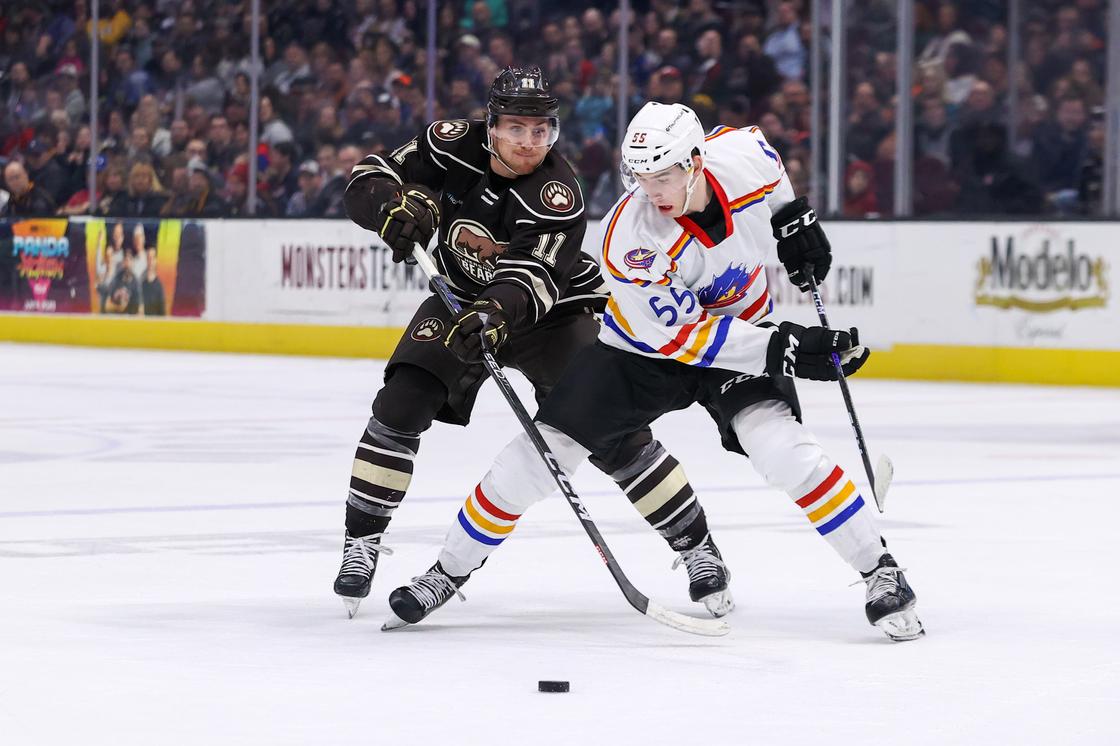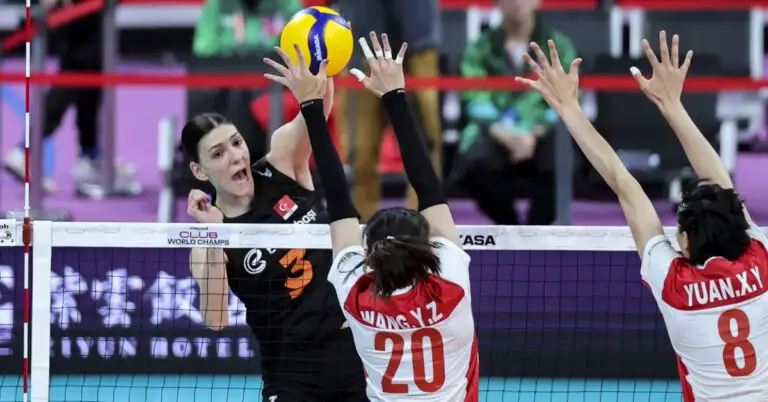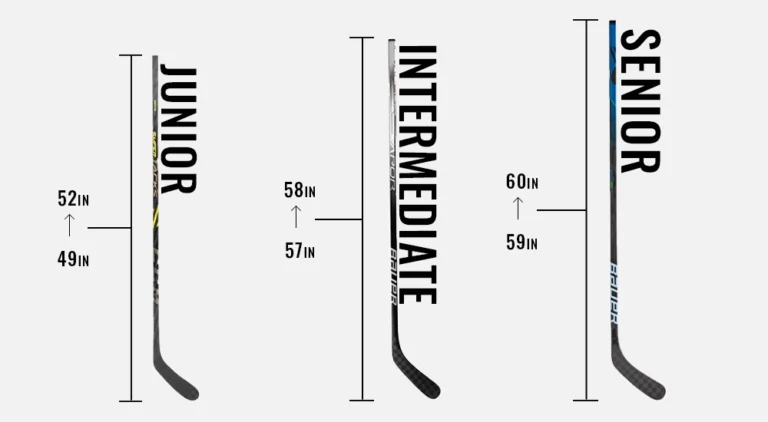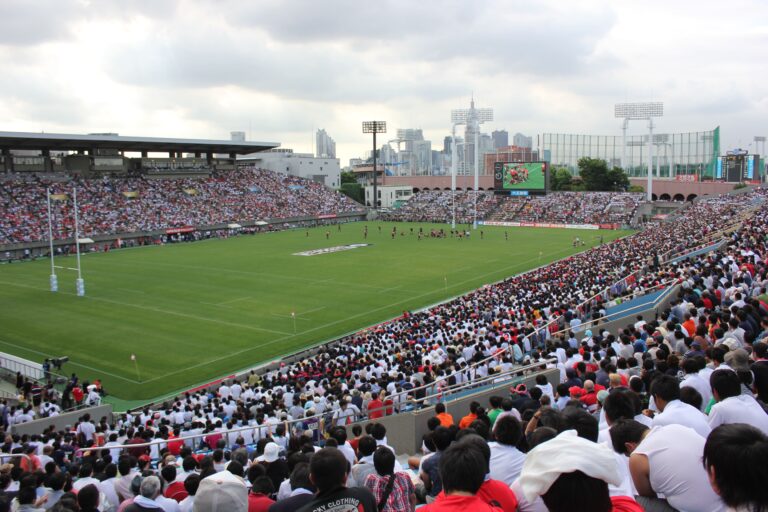How Long is a Period in Ice Hockey: Uncovering the Everlasting Moments

A period in ice hockey is 20 minutes long, divided into three periods in a game. Each period allows for a 15-minute intermission between periods.
The average hockey game lasts around 2-2. 5 hours, including the time for intermissions, stoppages, and potential overtime. Ice hockey is a fast-paced and exhilarating sport with a rich history and a dedicated fan base. Understanding the structure of the game, including the length of each period, contributes to a more immersive viewing experience.
We will explore the dynamics of ice hockey periods and how they impact the overall flow of the game. Additionally, we will discuss the significance of period length in shaping strategies and performance for players and teams, offering valuable insights for both seasoned fans and newcomers to the sport.
REGULATION PERIOD LENGTH
NHL STANDARD PERIOD LENGTH
In the National Hockey League (NHL), a regulation ice hockey game consists of three periods, each lasting 20 minutes of gameplay, totaling 60 minutes of on-ice action.
INTERNATIONAL AND AMATEUR STANDARDS
Internationally and in amateur ice hockey leagues, the regulation period length typically follows the standard set by the International Ice Hockey Federation (IIHF), which also consists of three periods with each period lasting 15 to 20 minutes, depending on the level of play and specific league rules.

INFLUENCE ON GAME DYNAMICS
The length of a period in ice hockey is 20 minutes of playtime, not including stoppages. This influences game dynamics by requiring teams to strategize and pace themselves for each period, creating a fast-paced and intense game environment. Following these rules ensures a fair and engaging competition for players and fans alike.
IMPACT OF PERIOD LENGTH ON STRATEGY
The length of periods in ice hockey significantly influences the strategic approach of the teams. Teams may adopt a more cautious playing style in the first period to assess their opponents. Shorter periods could lead to a more aggressive and fast-paced game, while longer periods might encourage a more methodical approach.
PLAYER FATIGUE AND PERFORMANCE
Period length directly impacts the physical and mental fatigue experienced by ice hockey players. Longer periods increase the likelihood of player fatigue, potentially affecting their performance and decision-making. Teams must strategically manage player rotations to maintain optimal performance throughout the game.
OVERTIME AND SHOOTOUT SCENARIOS
In ice hockey, overtime and shootout scenarios add an extra layer of excitement and suspense to the game, keeping fans on the edge of their seats. Understanding the rules governing these periods is crucial to grasp how a game can end in a tiebreaker situation.
OVERTIME PERIOD RULES
Overtime in ice hockey consists of a sudden-death period where the first team to score wins the game. Teams play with fewer players on the ice, creating a fast-paced and intense environment.
SHOOTOUT RULES AND IMPLICATIONS
During a shootout, each team selects a few players to take penalty shots, aiming to outscore their opponent. The team with the most goals after the shootout wins, securing valuable points in the standings.
COMPARISON WITH OTHER SPORTS
In ice hockey, a period consists of 20 minutes of playtime. This contrasts with other sports where periods vary in length, highlighting the fast-paced nature of the game. The shorter periods ensure high-intensity and action-packed gameplay throughout the match.
In the world of sports, each game has its own unique set of rules and regulations. Ice hockey, with its fast-paced action and physicality, is no exception. When it comes to the duration of a period in ice hockey, it differs significantly from other popular sports like basketball, soccer, and rugby.
PERIOD LENGTH CONTRASTS WITH BASKETBALL
Ice hockey and basketball both captivate the audience with their thrilling gameplay. However, when it comes to the length of periods, they are quite different. In basketball, each game consists of four quarters, with each quarter lasting a mere 12 minutes. This concise time frame allows for rapid exchanges of possession and keeps the game flowing. On the other hand, a period in ice hockey spans 20 minutes, making it much longer than a basketball quarter. This longer duration grants players more time to strategize, execute plays, and showcase their skills on the ice.
CONTRAST WITH SOCCER AND RUGBY
Unlike ice hockey and basketball, soccer, and rugby follow a different format altogether. In soccer, a match is divided into two halves, with each half lasting for 45 minutes. This extended period of gameplay allows for the development of intricate strategies and exciting goal-scoring opportunities. Similarly, rugby matches consist of two halves lasting for 40 minutes each. These longer durations in soccer and rugby emphasize the importance of endurance and the ability to maintain high levels of performance throughout the entire match.
IN A NUTSHELL
To sum it up, the length of a period in ice hockey is distinctly different from that in basketball, soccer, and rugby. While basketball quarters are limited to 12 minutes, soccer halves and rugby halves are more exhaustive at 45 minutes and 40 minutes respectively. Ice hockey periods, on the other hand, last for 20 minutes, offering players ample time to showcase their skills and make strategic decisions. Understanding these differences allows fans to appreciate the varied dynamics and excitement that each sport brings to the table.

PLAYER AND TEAM STATISTICS
In ice hockey, a period typically lasts for 20 minutes. During this time, players and teams accumulate statistics such as goals, assists, and penalty minutes, providing insight into their performance on the ice.
TRENDS IN PERFORMANCE ACROSS PERIODS
When analyzing player and team statistics, it is crucial to take into account the trends in performance across periods in ice hockey. Periods in ice hockey typically last 20 minutes, with a total of three periods in a game. These periods play a significant role in determining the outcome of the match and showcase fascinating trends that highlight the dynamics of the game.
TEAM PERFORMANCE AND PERIOD DURATION
Team performance can vary significantly throughout the different periods of an ice hockey game. It is interesting to observe how teams strategize and adapt their gameplay in relation to the duration of each period. Whether it’s maintaining a lead or making a comeback, teams often exhibit varying levels of dominance and intensity as the game progresses.
Several factors contribute to team performance across periods. One key aspect is the endurance and stamina of the players. As the game unfolds, fatigue can start to set in, resulting in potential fluctuations in performance. This factor highlights the importance of off-ice conditioning and maintaining optimal physical fitness.
Another crucial factor is the adjustments teams make during intermissions between periods. Coaches analyze the opponents’ gameplay, address areas of improvement, and create strategies for the upcoming period. These adjustments can significantly impact a team’s performance and ability to seize control of the game.
STATISTICS AND ANALYSIS
Player and team statistics provide valuable insights into the performance across periods in ice hockey. By examining key metrics such as shots on goal, scoring efficiency, penalty minutes, and possession time, analysts can identify patterns and tendencies specific to each team or player.
One way to visualize the performance across periods is by utilizing tables. For example, a table comparing goals scored by each team in each period can highlight whether a team tends to score more in a particular period or exhibits consistency across all three periods. This analysis can help assess a team’s strengths and weaknesses in different game scenarios.
IMPACT OF PERIOD DURATION
The duration of each period also plays a role in shaping the dynamics of the game. In the National Hockey League (NHL), the standard duration is 20 minutes per period, while in other leagues or competitions, the duration might vary. The duration influences the pace and intensity of the game, with shorter periods potentially leading to higher scoring rates and more frequent shifts in momentum.
Additionally, the duration of each period affects player utilization and ice time allocation. Coaches must carefully manage their players’ minutes to ensure they maintain optimal performance throughout the game. The shorter each period, the more critical it becomes for teams to make the most of their limited time on the ice.
In conclusion, understanding player and team statistics across ice hockey periods provides invaluable insights into the trends and dynamics of the game. By analyzing these statistics and considering the impact of period duration, teams, and analysts can make informed decisions and adapt strategies to achieve success.
INNOVATION AND EXPERIMENTAL CHANGES
Innovation and Experimental Changes:
Ice hockey, like many sports, continually evolves through innovation and experimental changes.
PROPOSED CHANGES TO PERIOD LENGTH
Increasing Pace:
Proposed changes aim to make the game faster and more dynamic.
EXPERIMENTAL FORMATS AND THEIR IMPACT
Implementing Continuous Play:
Experimental formats such as shorter breaks between periods have a direct impact on game flow.
CONCLUSION AND FUTURE TRENDS
The length of a period in ice hockey varies depending on the level of play, with professional games consisting of three periods of 20 minutes each. However, at other levels such as college or youth hockey, periods can be shorter.
ANALYSIS OF PERIOD LENGTH’S FUTURE POTENTIAL IMPACT
When evaluating the future trends of period length in ice hockey, it becomes evident that potential adjustments can significantly influence the dynamics of the game. As the sport continues to evolve, discussions around the duration of periods and their impacts on player performance, audience engagement, and overall game strategies are gaining traction. The potential changes in period length necessitate a thorough analysis to anticipate the far-reaching effects on the sport.
POTENTIAL IMPACT OF PERIOD ADJUSTMENTS
Considering potential period adjustments in ice hockey, it is essential to recognize the profound impact such changes could have on the sport. From a strategic standpoint, alterations in period length can call for adjustments in team tactics, player stamina, and scoring opportunities. Furthermore, such modifications may influence viewer experience, marketing strategies, and overall game dynamics. As the sport adapts to changing demands and preferences, the potential impact of period adjustments on ice hockey cannot be overlooked.
FREQUENTLY ASKED QUESTIONS FOR (HOW LONG IS A PERIOD IN ICE HOCKEY)
HOW LONG IS A PERIOD IN ICE HOCKEY?
A period in ice hockey typically lasts 20 minutes of actual playing time.
HOW MANY PERIODS ARE THERE IN AN ICE HOCKEY GAME?
An ice hockey game consists of three periods, each lasting 20 minutes.
WHAT HAPPENS DURING THE INTERMISSION BETWEEN PERIODS IN ICE HOCKEY?
During the intermission between periods in ice hockey, teams rest, strategize, and make necessary changes to their game plan.
IS THERE A BREAK BETWEEN PERIODS IN ICE HOCKEY?
Yes, there is a break between each period in ice hockey called an intermission, allowing players to rest and regroup.
CONCLUSION
Understanding the length of a period in ice hockey is key for fans and players. The standard period length in ice hockey is 20 minutes, offering intense action and thrilling moments. Whether you’re a die-hard fan or just starting to explore the sport, knowing this basic information enhances your overall hockey experience.






